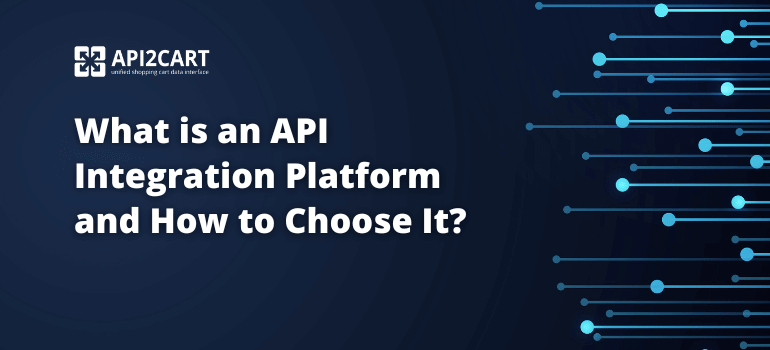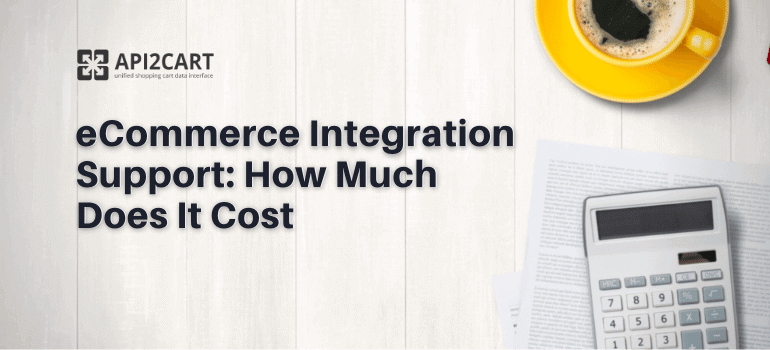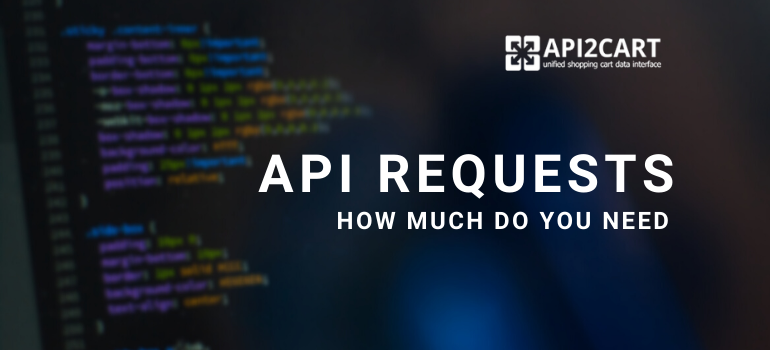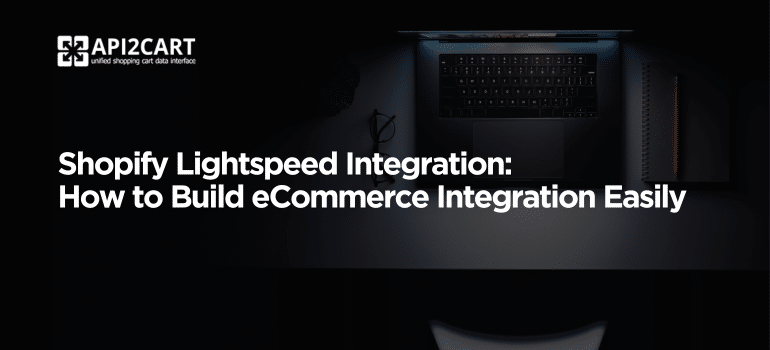
By using Shopify Lightspeed integration in your eCommerce software, you can greatly improve how order management, inventory, shipping or multi-channel retail work. Online and physical retailers use both platforms and making sure their data is exchanged smoothly helps your clients run their businesses efficiently.
In this article, we’ll discover how to build a Shopify Lightspeed integration easily using a unified API approach. Instead of developing and maintaining two separate integrations, you’ll learn how to streamline the entire process and reduce development time, complexity, and maintenance costs. Whether your software handles orders, products, customers, or inventory, the right integration strategy can open up new growth opportunities for your business.
Why Shopify Lightspeed Integration Matters?
Shopify and Lightspeed are two of the most widely used eCommerce platforms by modern retailers, Shopify for online sales and Lightspeed for in-store operations. Many merchants use both and need them to work together smoothly.
For eCommerce software providers, integrating Shopify and Lightspeed is not just a technical advantage — it’s a competitive necessity. Also, many merchants today run both an online store through Shopify and a physical store powered by Lightspeed POS. Without a proper connection between the two, they face issues, such as inventory mismatches, delayed order updates, and customer data silos.
With a Shopify Lightspeed integration, your software will automatically update product information, stock numbers, order data and customer profiles on both platforms. This means clients can see updates instantly and manage them from one place which makes your solution more important and less likely to be replaced.
Moreover, supporting both platforms through a single integration helps you onboard more merchants, expand your market reach, and save time on development. Instead of building two separate connectors, you can offer seamless functionality faster, and stay focused on delivering core features your users actually care about. Your software grows smarter and more scalable when it supports Shopify Lightspeed integration for multi-channel retail.
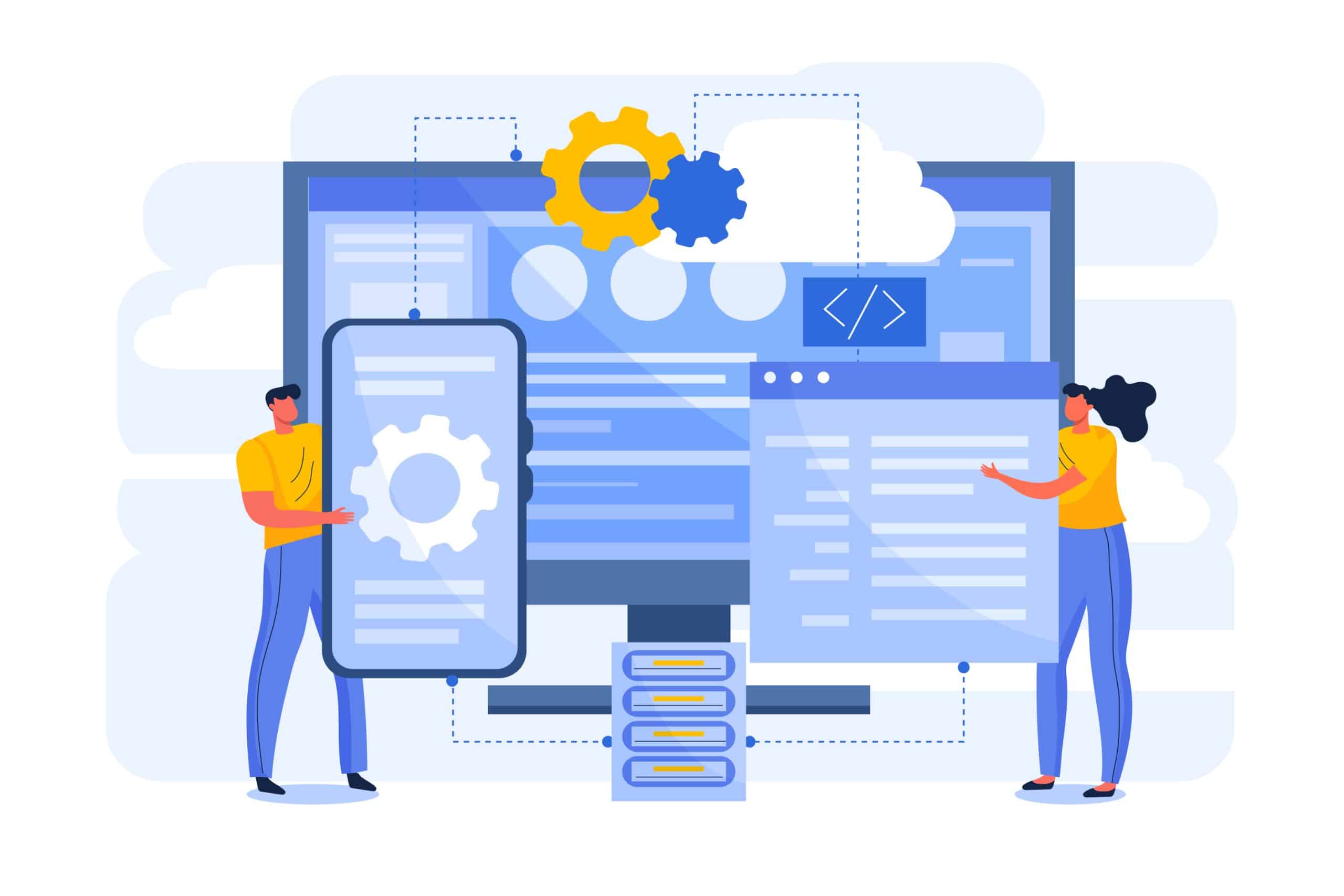
Key Data to Sync Between Shopify and Lightspeed
To help merchants run both online and physical stores efficiently, your software needs to sync critical data between Shopify and Lightspeed. A seamless connection between these platforms ensures accurate inventory, smooth order fulfillment, and consistent customer experiences.
Here are the main types of data to sync:
- Products: Titles, SKUs, descriptions, categories, prices and attributes are part of the product category;
- Inventory Levels: Real-time stock updates to prevent overselling and stockouts;
- Orders: You can see the details, the order’s status, the payment information and how much has been fulfilled;
- Customers: Addresses, what they have bought and which groups they belong to;
- Prices and Discounts: The same pricing on all platforms, including the rules for tax deductions;
- Returns and Refunds: Updated order status and inventory after returns or cancellations.
Syncing this data helps your clients avoid manual data entry, reduce errors, and deliver a more unified retail experience. It's a must-have for any eCommerce software targeting serious multi-channel merchants.
Unified APIs allow software providers to easily integrate with multiple eCommerce platforms, addressing diverse business needs.
This also includes popular platforms like Shopify and Lightspeed, which can be integrated seamlessly to expand your service offering, as explained in our guide on How to Build a Shopify Lightspeed Integration Easily.
Integration Methods: Direct vs Unified API
There are two ways to connect your eCommerce software with both Shopify and Lightspeed: using direct APIs or a unified API solution. Every method has its own set of problems and benefits.
Direct API Integration (Shopify API + Lightspeed API)
With this method, your development team connects separately to the Shopify and Lightspeed APIs. You write custom code for each platform, handle their unique authentication methods, data structures, rate limits, and updates. Since you are in charge, you need to regularly update your app to keep up with each platform’s new features.
Limitations and Complexity of Maintaining Multiple APIs:
- Twice the development effort: You have to create and manage two different integrations from the start;
- Varied data models: Shopify and Lightspeed structure their data differently, which means extra work on your side to unify it;
- Inconsistent data models: Shopify and Lightspeed structure their data differently, which means extra work on your side to unify it;
- Higher support costs: More integrations often lead to more problems, unusual situations and user issues that must be handled;
- Difficult to scale: Introducing new platforms will need the same amount of effort each time.
Advantages of Using a Unified API:
- One integration → multiple platforms: Connect to Shopify, Lightspeed, and 60+ other eCommerce platforms and marketplaces with a single API;
- Standardized data structure: No need to normalize different formats;
- Faster development: Get your integration up and running much quicker without learning each platform’s API;
- Lower maintenance costs: A unified API handles API updates, security, and platform-specific changes;
- Easier scaling: Want to support WooCommerce, Magento, or Amazon next? It’s already built-in.
For eCommerce software providers looking to save time, reduce cost, and future-proof their solution, a unified API, such as API2Cart is the most efficient path to reliable Shopify Lightspeed integration.

Using API2Cart for Shopify Lightspeed integration
For eCommerce software providers, integrating with both Shopify and Lightspeed can be a major opportunity, but building and maintaining two separate integrations is time-consuming and complex. That’s where API2Cart comes in.
API2Cart offers a unified API that lets your software connect to both Shopify and Lightspeed and 60+ other eCommerce platforms and marketplaces, including Magento, WooCommerce, BigCommerce, OpenCart, PrestaShop? and others, through a single integration. You don’t have to worry about handling different authentication methods, data formats, or frequent API updates.
API2Cart makes it possible for you to:
- Retrieve standardized information from Shopify and Lightspeed about products, orders, inventory, customers and more;
- Work with one group of API methods instead of having to learn every platform’s special structure;
- Save development time and reduce maintenance costs;
- Scale easily by adding more platforms without writing new code from scratch.
For example, instead of writing two separate order import flows, you can just use the order.list method across both Shopify and Lightspeed stores — with consistent responses. API2Cart handles all the platform-specific details behind the scenes.
Whether you're building order management, inventory tracking, or multi-channel retail software, API2Cart helps you launch faster, stay flexible, and support more clients, all with less effort.

If you're building an eCommerce SaaS solution and need to integrate both Shopify and Lightspeed, API2Cart offers 100+ unified API methods that let you do it efficiently — with one integration and a standardized structure across both platforms. Here’s a focused overview of API2Cart’s most relevant API methods for enabling Shopify Lightspeed integration tailored specifically to the needs of eCommerce software providers:
1. Product and Inventory Management
- product.list — Retrieve a list of products;
- product.info — Get detailed product information;
- product.add — Add new products;
- product.update — Update existing product data;
- product.delete — Remove outdated products;
- product.variant.list — Get product variations (sizes, colors).
2. Order Management
- order.list — Retrieve orders from Shopify and Lightspeed;
- order.info — Get full order details;
- order.add — Create new orders (transferring from POS to online);
- order.update — Modify order status or data;
- order.delivery.update — Add shipping and tracking info;
- order.status.list — View supported statuses.
3. Customer Management
- customer.list — Get list of customers;
- customer.info — Retrieve customer profile and history;
- customer.add — Add new customers.
4. Category and Attribute Handling:
- category.list — Retrieve product categories;
- attribute.list — List attributes (material, color);
- attribute.value.list — Get values for a specific attribute.
5. Webhooks:
- webhook.create — Create triggers for changes (orders, inventory, etc.);
- webhook.list — View existing webhooks;
- webhook.delete — Remove webhooks.
These API methods are designed to be platform-independent, meaning you write your logic once and apply it across multiple platforms, including Shopify and Lightspeed, with no need to manage each API individually. By using API2Cart’s rich method library, eCommerce software vendors can build powerful features like product listings, inventory sync, order import, customer analytics, and more — all while saving development time and reducing complexity.
API2Cart manages the API details, updates and data structure, leaving your team free to work on creating new features. If you want to know more information, book a FREE demo and contact our managers.
Conclusion
In summary, for eCommerce software providers, offering a seamless Shopify Lightspeed integration is no longer a nice-to-have — it’s a must. Merchants today operate across both online and physical storefronts, and they expect their tools to keep up. By syncing products, orders, inventory, and customer data between Shopify and Lightspeed, your software becomes a critical part of their daily operations.
API2Cart’s unified API helps you create the integration fast, grow it easily and avoid the problems that arise from managing two different APIs. Because API2Cart is integrated with 60+ eCommerce platforms and marketplaces, as well as having 100+ API methods, you can easily grow your business without dealing with different platform complexities.
If you're ready to streamline development and deliver more value to your clients, explore what API2Cart can do — and start building smarter integrations today.
